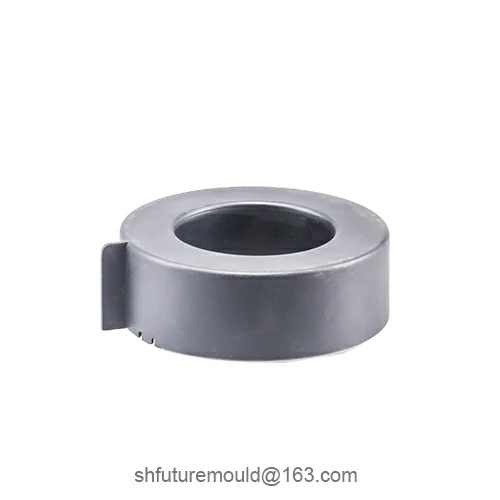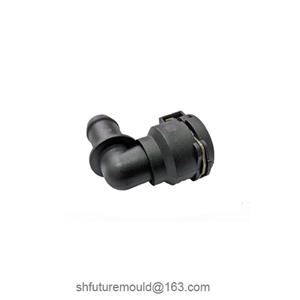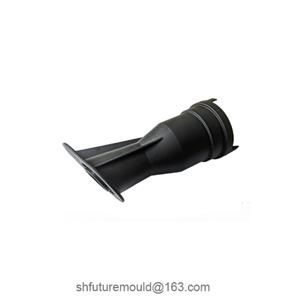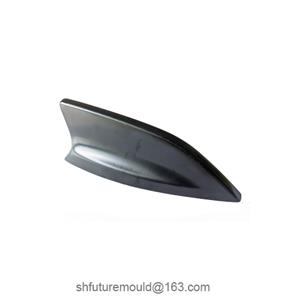Key Points of Injection Mold Trial
An injection mold trial is a critical phase in transforming mold design outcomes into qualified products. It not only verifies the mold's machining accuracy and the rationality of systems such as venting and cooling but also aims to rapidly identify optimal process conditions through parameter optimization. This ensures single-shot molding success, shortens trial cycles, and reduces overall costs.
Comprehensive Preparation Before Trial
1. Mold Function Verification:
Confirm smooth movement of guide pillars, bushes, and ejector pins; check cooling channel integrity and sealing; validate runner and vent slot designs.
2. Equipment-Material Compatibility:
Select an injection molding machine with appropriate tonnage and shot capacity; implement strict drying protocols for materials; calibrate auxiliary equipment like temperature controllers and oil heaters.
3. Trial Plan & Documentation:
Define parameter ranges (injection pressure, speed, back pressure, holding pressure, cooling time); prepare detailed trial logs to track adjustments and product defects.
Scientific Parameter Adjustment Workflow
1. Mold Temperature Setup:
Prioritize mold temperature control to ensure melt flow stability and surface finish.
2. Injection Speed & Back Pressure:
Apply a "low-to-high" speed approach to monitor filling patterns, flash, and burn marks; adjust back pressure moderately for homogeneous melt.
3. Holding Pressure & Cooling:
Fine-tune holding pressure and duration to mitigate shrinkage and warpage; optimize cooling time and water temperature based on wall thickness and cooling efficiency.
4. Venting Optimization:
Address gas traps or burns by deepening vent slots or adding vents; reduce venting for cold slug wrinkles.
Demolding & Ejection Quality Control
1. Ejector System:
Match ejector pin stroke and force to prevent scratches or marks; modify pin layout or slider mechanisms if the ejection is challenging.
2. Release Agent Management:
Select appropriate agents based on material and surface requirements, controlling dosage and application methods rigorously.
Defect Analysis & Mold Iteration
1. Appearance & Dimensional Inspection:
Use calipers and projectors to measure warpage, shrinkage, and critical dimensions, determining if local mold modifications are needed.
2. Mold Revision & Retesting:
Perform targeted adjustments (e.g., EDM or machining on cavity surfaces) and conduct iterative trials until defects are eliminated.
- Injection Mold
- Automotive Injection Mold
- Electronics & Electrical Injection Mold
- Consumer Goods Injection Mold
- Airplane Components Injection Mold
- Medical Components Injection Mold
- Irrigation Components Injection Mold
- Injection Molds




